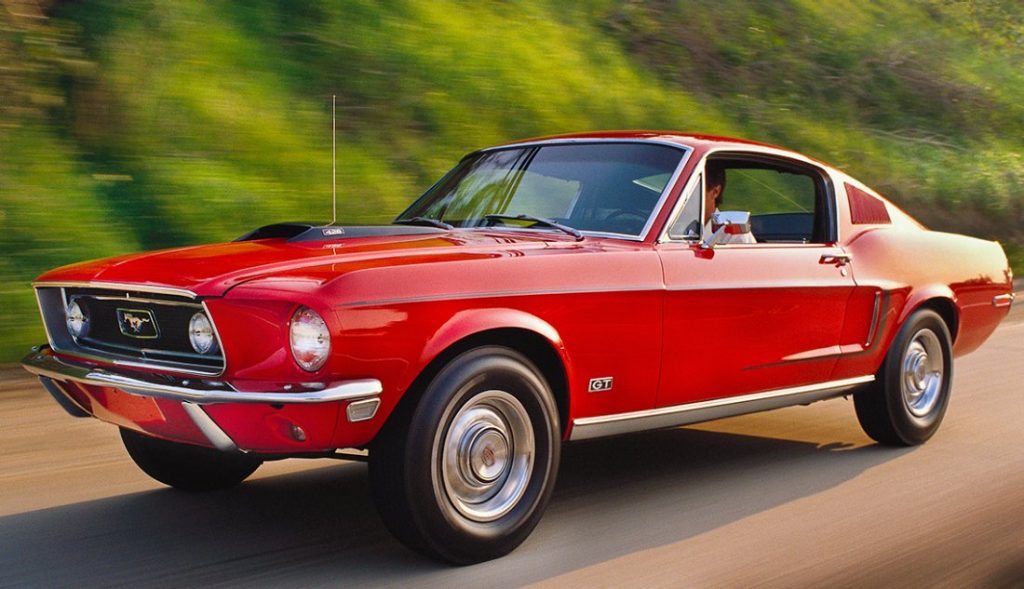Welcome to the second post in my series about things you shouldn’t invest in (but you might anyway!). Today we’ll be talking about classic cars, some of which are now fetching quite the price in auctions worldwide.
And I have a confession to make. Those of you who count yourself as militant FI/Frugal readers should look away now. I love cars. Not engines, or specs, or speed. I love the beautiful cars, the cars that turn heads, both old and new.
The joy I get from driving those cars far surpasses any of my other vices, and a single day in one of those beauties is enough to sustain me for months. These beautiful pieces of machinery capture the imagination like no other, in my opinion (although the wine and watch guys certainly have different opinons). The only reason I don’t already have one is that some of these cars are very, very expensive!
And as with anything that initially start off reasonably cheap and ultimately reach stratospheric pricing levels, a cottage industry has popped up around investing in these classic cars.
What is a classic car anyway?
A classic car is often defined as anything older than approximately 20 years, and a subset of these cars are considered collectable or investable. An excellent way of identifying what cars will be considered collectible: the cars that 40 year olds today had on posters in their bedrooms twenty years ago!
Classic Car insurer Hagerty tracks seven broader parts of the market: Muscle cars, Ferrari, German Collectibles, Blue Chip, British Cars, 1950s American and Affordable Classics.

How have they performed?
In the ten years to march 2016, “Luxury Cars” as a group increased a “staggering 467%”, according to research from Knight Frank. To put this in perspective, over the same ten year period the Australian equity market increased approximately 55%! When I report numbers like that though, I’m talking of course about the crème of the crop. Indeed, Knight Frank bases its research on the the HAGI Top Index, which is based on the value of 50 of the world’s most desirable and rarest cars. Without knowing exactly the demographic of my visitors, I’d wager that evry few of us will ever be in a position where we could legitimately afford one of these vehicles, as an investment or otherwise.
Perhaps a better guage would be the Hagerty Affordable Classics grouping that we talked about previously. This allows some diversification without requiring huge amounts of capital, with diversification obviously remaining important (although potentially difficult to achieve). Recall previously that I have always preached a tilt towards quality stocks; in this instance we are required by constraints to tilt towards the value end of the spectrum.
So whats our return over ten years if we stick to these? A still acceptable, but obviously less, 35%. We should also be aware that this is based on sales prices, and doesn’t account for storage and insurance costs. It is definitely the case that the upkeep of these cars, particularly if you drive them, can be substantial.
Maximising your chances of success:
As with all investing, a broad set of guidelines can improve your outcomes substantially. Here are some initial guidelines (although of course, you should do your own research).
- Rust is tough for a tourist investor:
- Rust is very difficult to deal with, unless you have excessive amounts of patience and prior skill. Rust through the bottom or the sides can quickly tun into a money sink.
- Buy what you like:
- Cars, more than anything else in this “semi-investment” category, should be primarily bought for enjoyment. Its nice if it appreciates in value, but far more interesting is if its fun to drive!
- Concentrate on rarity:
- Rarity is one of the primary drivers of classic car prices. Some collective cars will simply never see large price appreciation solely due to the large numbers of them that were built. The rarer the car, the more likely it increases in value.
- Follow trends:
- Like all other investments, the classic car market is definitely trend driven. For instance, 80s muscle cars are starting to show some movement in prices – a savvy investor could potentially take advantage of this.
Once again, for those that are not interested in the benefits of ownership but do want exposure to the asset class, there are a few “classic car” funds that exist. As with anything in these categories, there is a significant lack of information around the performance of these funds, so you need to be very careful in performing your own research before investing in any of these funds.
Conclusion:
More than any of the other categories in this series, classic cars have a very distinct benefit of ownership. You can drive them! The first rule of this category should be to buy what you love, take care of it and drive it! If it gets to the point where you can ultimately sell it for more than you paid for it, well, thats a fantastic result. No capital gains tax either!


LEAVE A REPLY